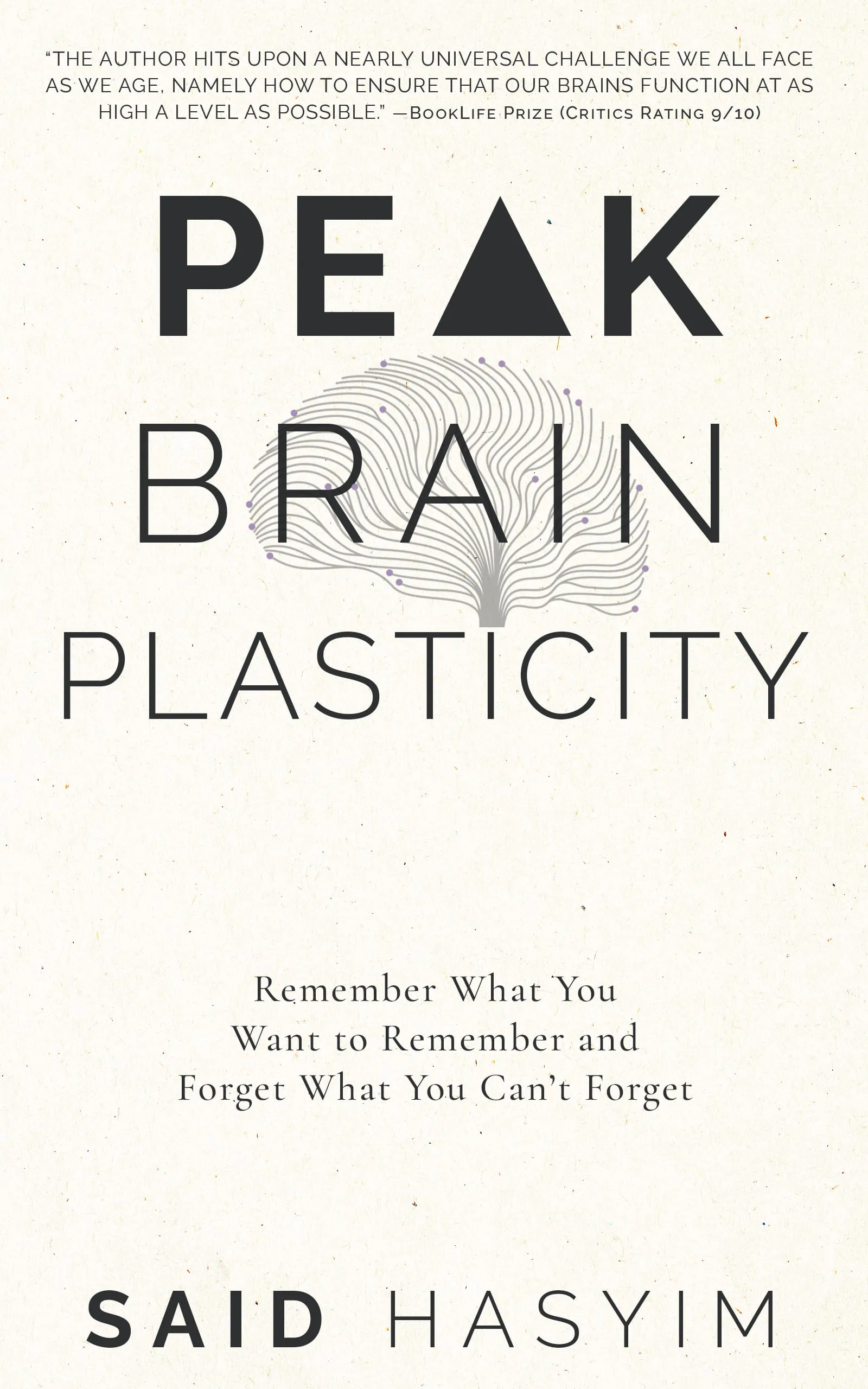Lesson Planning: Memory Techniques for Educators
Educators aim to create optimal learning environments that foster understanding and retention of information among students. One of the most effective ways to enhance learning is through memory techniques. These strategies not only help students remember content better but also empower them to become active participants in their own learning process. In this blog post, we will explore practical memory techniques that educators can incorporate into their lesson planning, along with examples and applications that can be tailored to various subjects and learning styles.
Understanding Memory
Before we dive into memory techniques, it’s essential to understand how memory works. Memory involves three key stages: encoding, storage, and retrieval.
Encoding: The process of taking in information and transforming it into a format that can be stored. This can be visual, auditory, or semantic.
Storage: Keeping the encoded information over time, whether in short-term memory (for brief retention) or long-term memory (for lasting recall).
Retrieval: The ability to access stored information when needed. Successful retrieval often depends on how well the information was encoded and stored.
Educators can use various techniques to enhance each of these stages, making learning more effective and memorable.
Memory Techniques for Educators
1. Visualization
Technique: Encourage students to create mental images of the concepts being learned. This can involve drawing, mind mapping, or simply picturing scenarios related to the content.
Application: In a history lesson, students can visualize key events by creating a timeline with images or sketches representing important moments, helping them to remember the sequence and significance.
2. The Method of Loci
Technique: Also known as the memory palace technique, this method involves associating information with specific locations in a familiar place.
Application: When studying vocabulary, students can mentally place each word in a different room of their home. As they walk through this "memory palace," they can recall the words associated with each location.
3. Chunking
Technique: Breaking information into smaller, manageable units (chunks) makes it easier to process and remember.
Application: When teaching complex formulas or historical dates, break them into smaller groups. For instance, instead of presenting a long series of numbers (e.g., 201920202021), group them as 2019, 2020, and 2021.
4. Mnemonics
Technique: Use acronyms, rhymes, or phrases to help students remember facts or lists.
Application: To teach the order of operations in mathematics (Parentheses, Exponents, Multiplication and Division, Addition and Subtraction), educators can use the mnemonic "PEMDAS" or create a catchy phrase like "Please Excuse My Dear Aunt Sally."
5. Spaced Repetition
Technique: Review information at increasing intervals over time helps solidify memory retention.
Application: Instead of cramming before a test, encourage students to revisit material progressively. This can be integrated into lesson plans by scheduling regular review sessions for previously covered content.
6. Storytelling
Technique: Utilize narratives to convey information, as stories are more likely to be remembered than isolated facts.
Application: In a science class, narrate the story of a famous experiment or discovery (e.g., the story of Watson and Crick discovering DNA) to make the material more relatable and memorable.
7. Association and Linking
Technique: Encourage students to connect new information to something they already know, creating a bridge to enhance understanding.
Application: When introducing a new concept in mathematics that builds on prior knowledge, help students draw connections to previous lessons. For example, when teaching algebraic expressions, relate it back to arithmetic operations they already understand.
8. Interactive Activities
Technique: Engage students with hands-on learning experiences that require active involvement.
Application: Use role-playing or simulations to bring concepts to life. In a lesson about ecosystems, students could act out the roles of different organisms, reinforcing their understanding through physical movement and interaction.
9. Use of Technology
Technique: Integrate educational technology tools to create interactive and engaging learning experiences.
Application: Use apps or platforms that provide flashcards, quizzes, or interactive lessons, allowing students to practice memory techniques in a modern format. Games and multimedia elements can significantly enhance retention.
10. Mindfulness and Reflection
Technique: Incorporate moments of mindfulness and reflection into learning sessions to help students process and internalize information.
Application: At the end of a class, have students take a few minutes to jot down what they learned, how it connects to their lives, or questions they still have. This reflection helps embed information in their memory.
Conclusion
Implementing memory techniques in lesson planning not only aids student retention but also promotes engagement and critical thinking. Educators can tailor these strategies to the specific needs of their students and subjects, creating a rich, dynamic learning environment.
By understanding how memory works and applying these techniques, educators can put their students on the path to becoming lifelong learners who are equipped with the skills to remember and apply knowledge effectively. As you prepare your lessons, consider how you can integrate these memory techniques and watch as your students' understanding and retention soar.
Happy teaching!
Harness the Power of Neuroplasticity
Discover Peak Brain Plasticity, a practical book to harnessing neuroplasticity. Enhance your memory, learn new languages quickly, and alleviate anxiety with effective study methods. Uncover daily habits that impact cognitive health and explore techniques for accelerated learning and memory retention. Unlock your brain's potential for growth and transformation.
